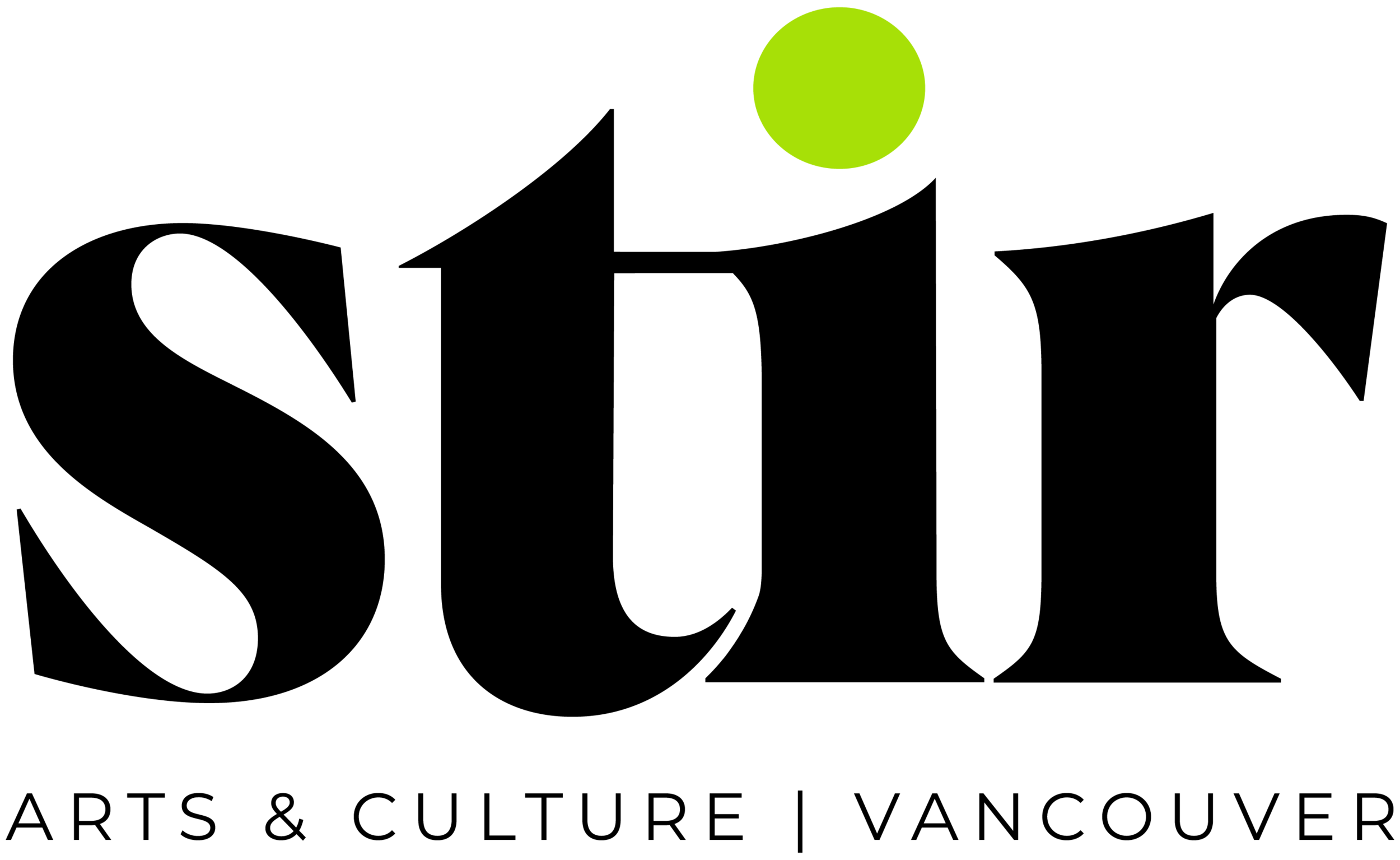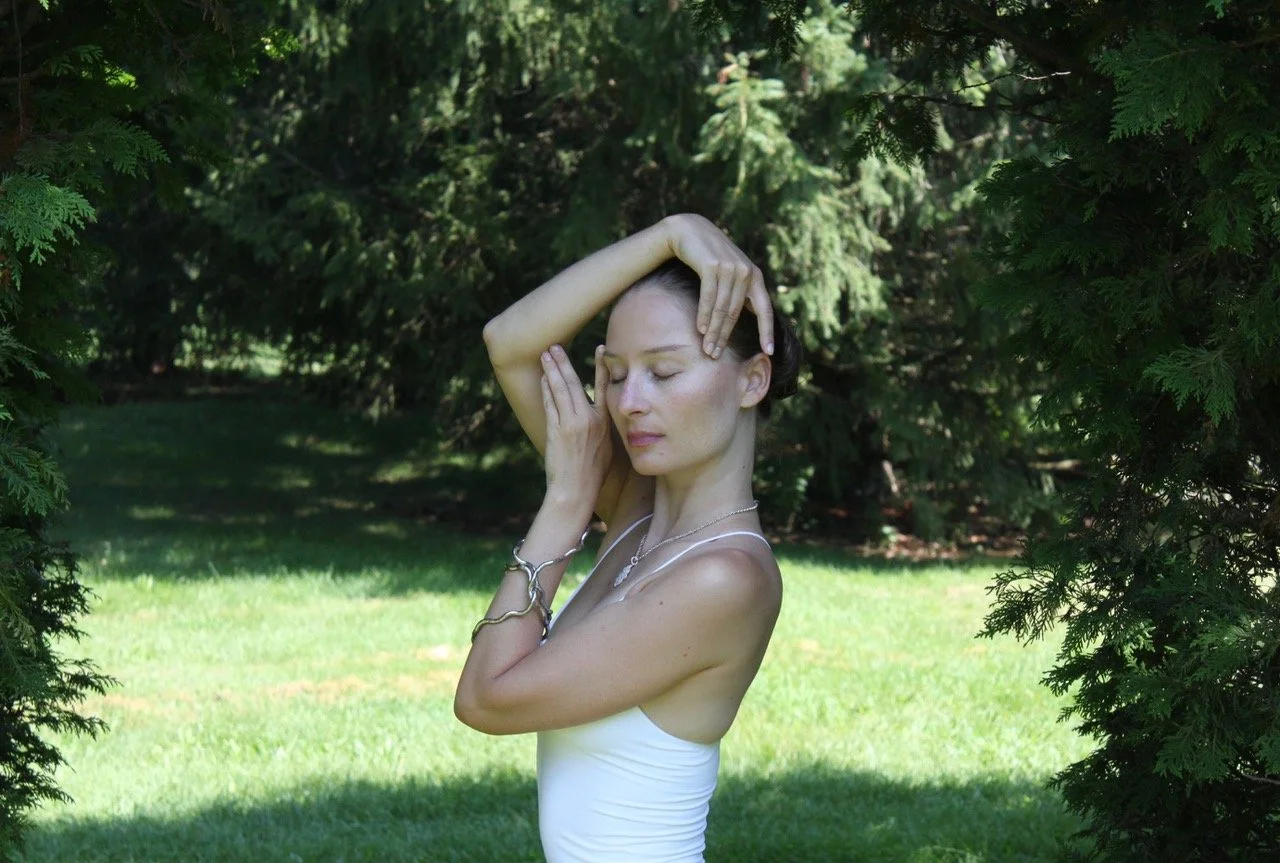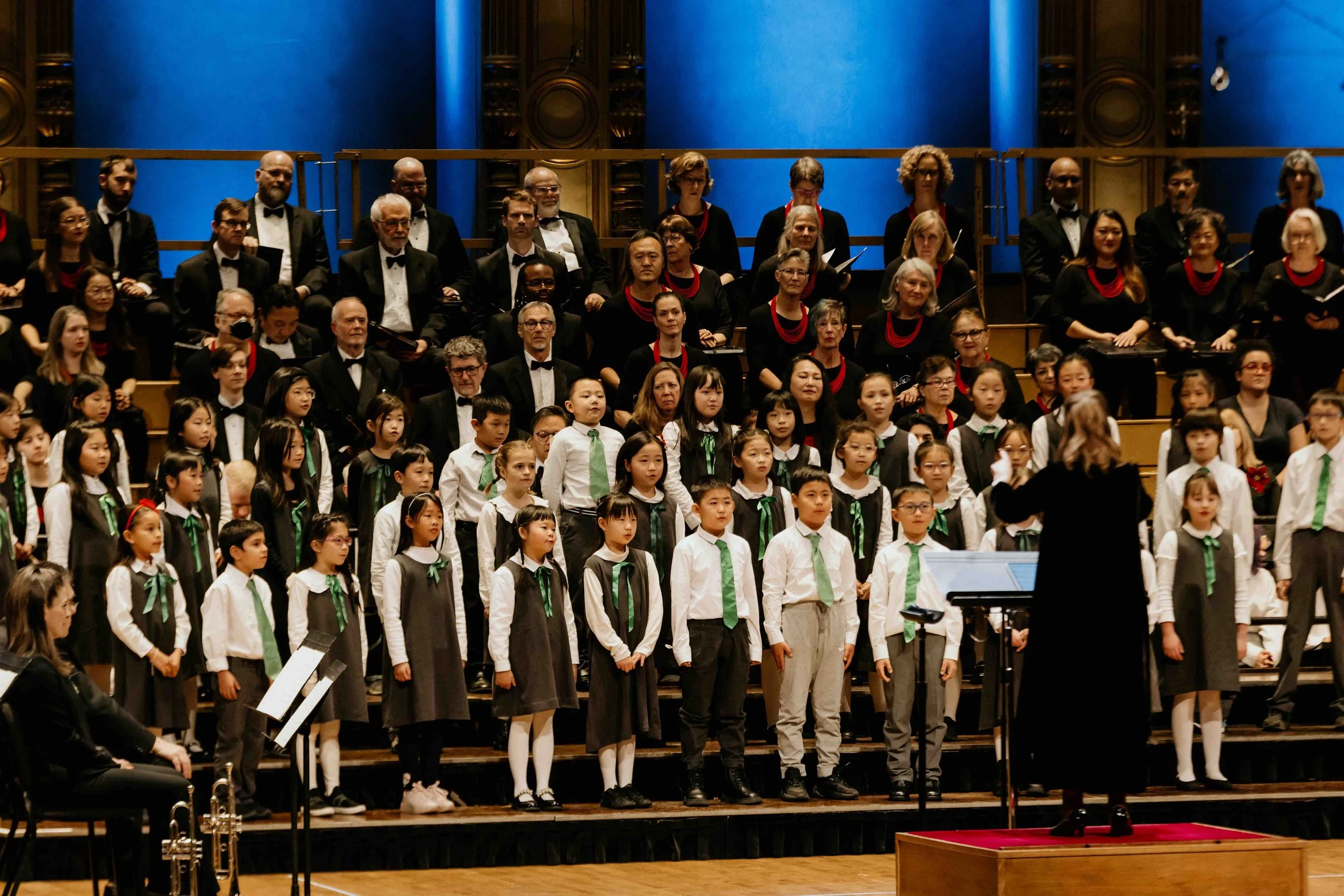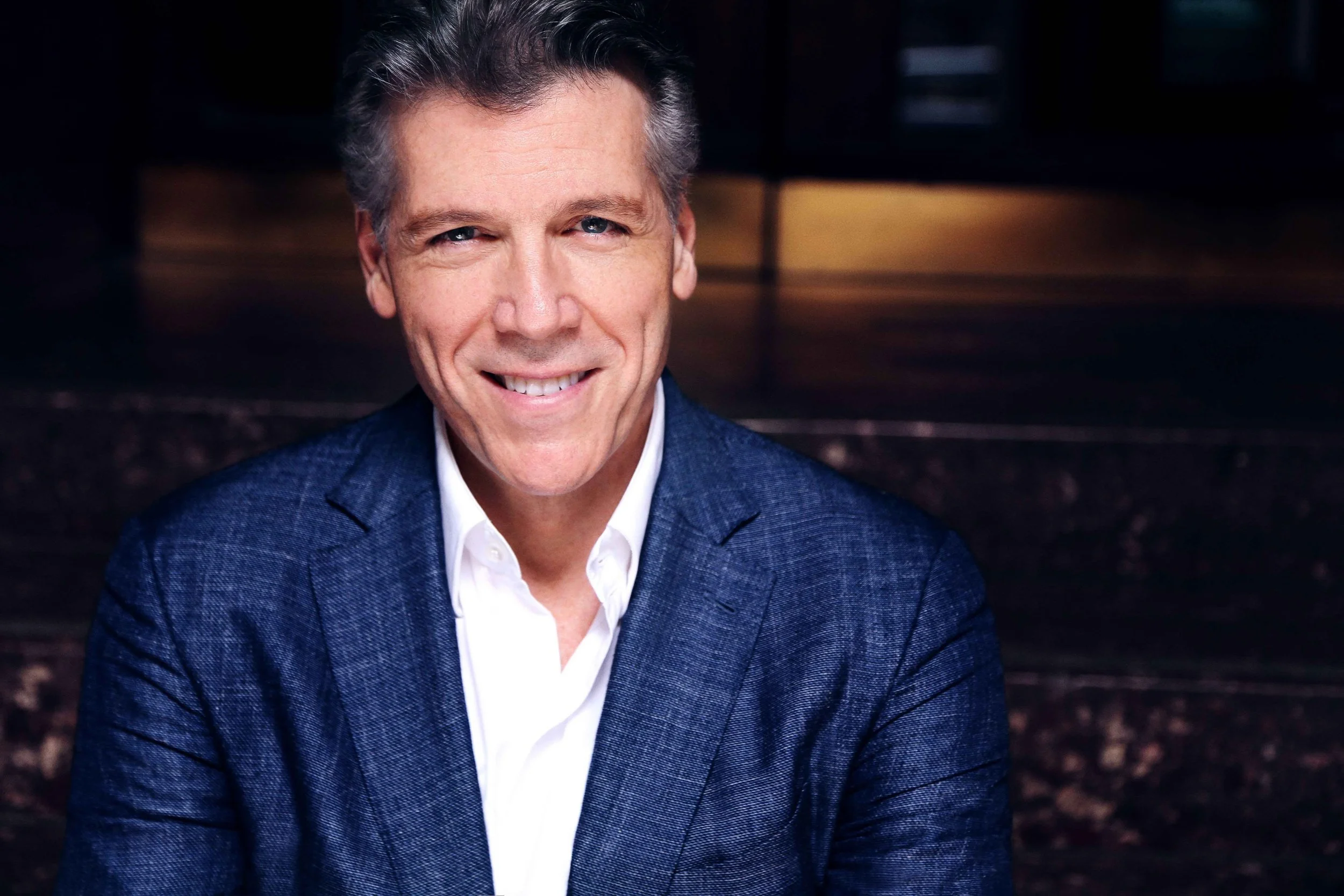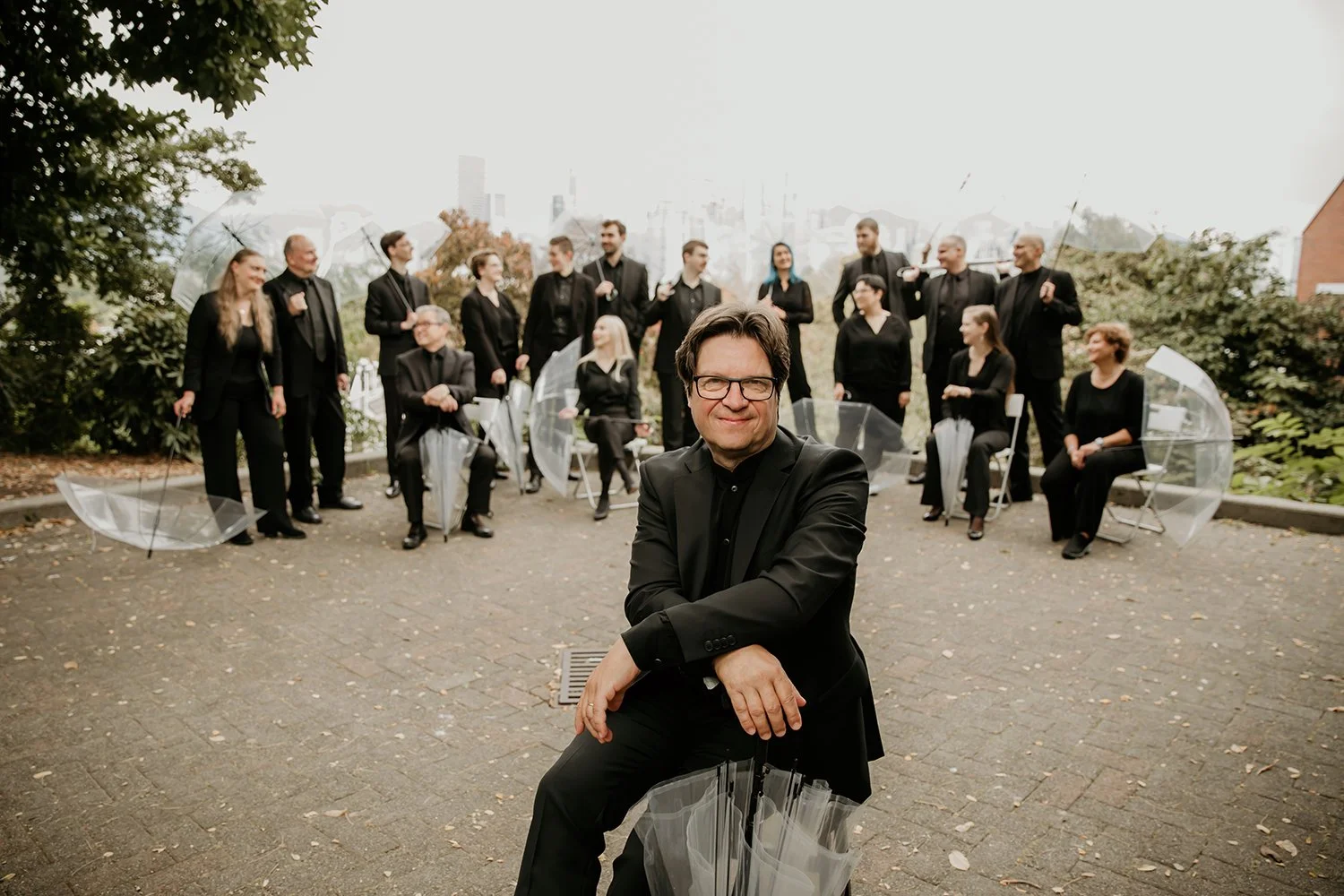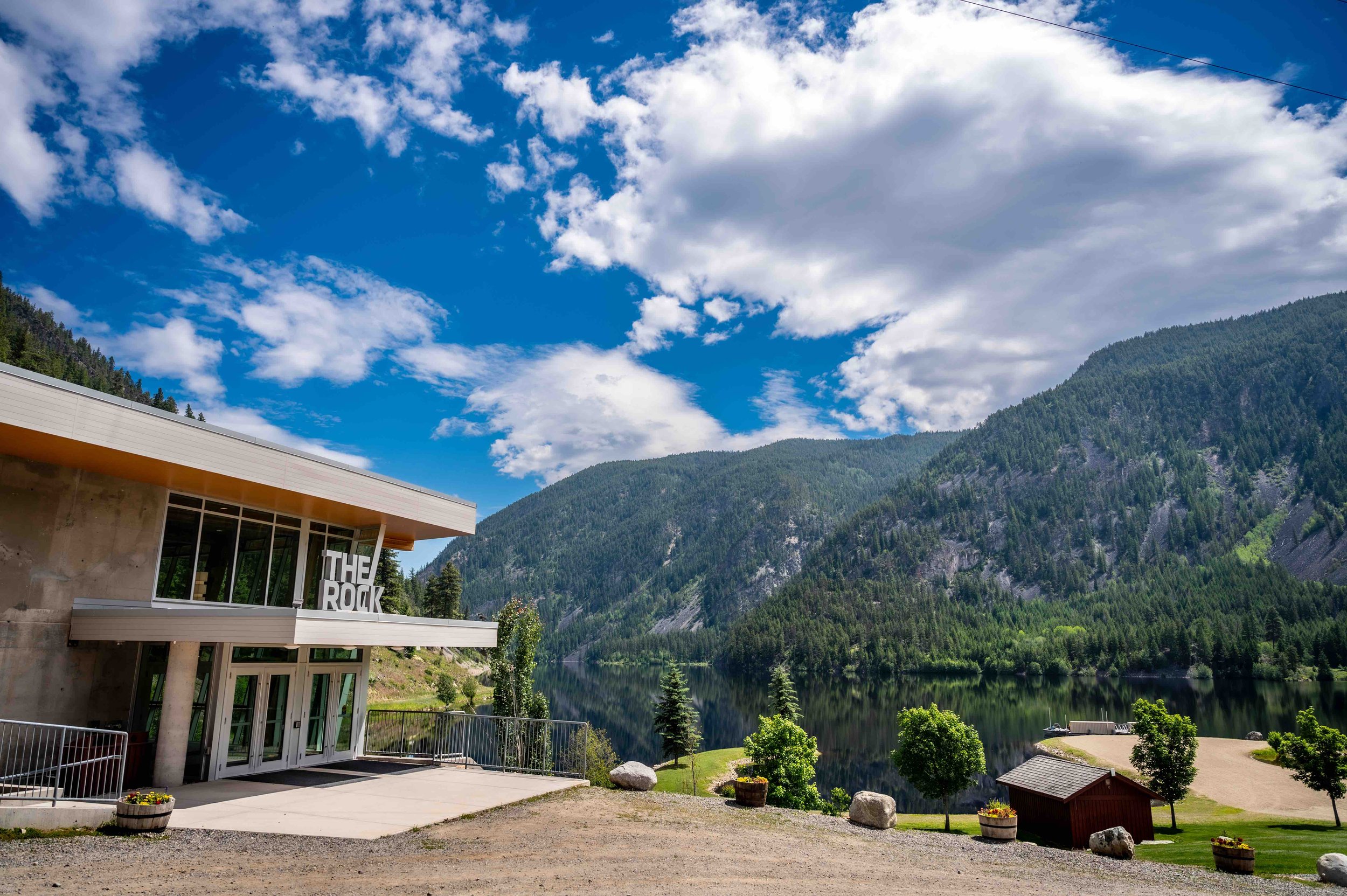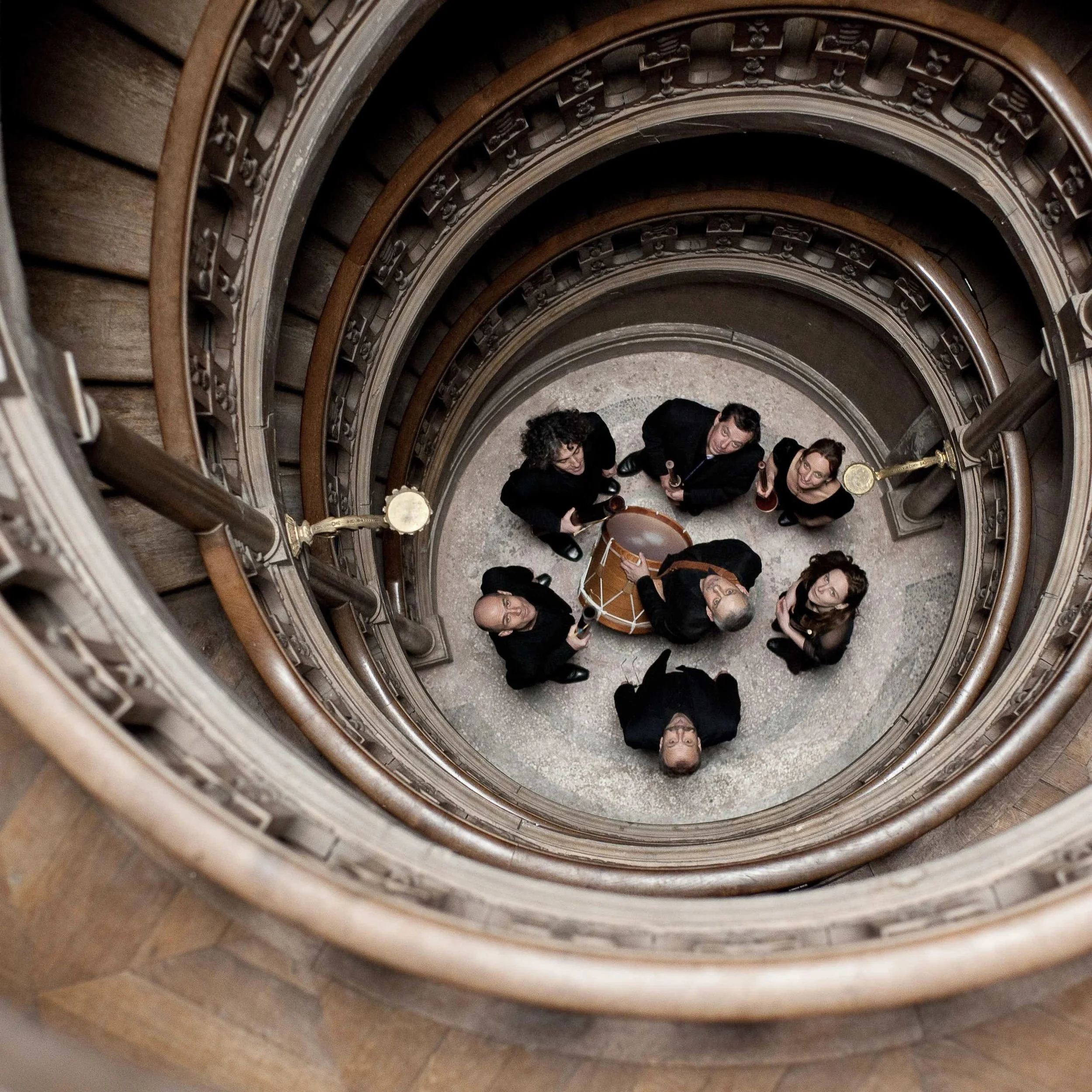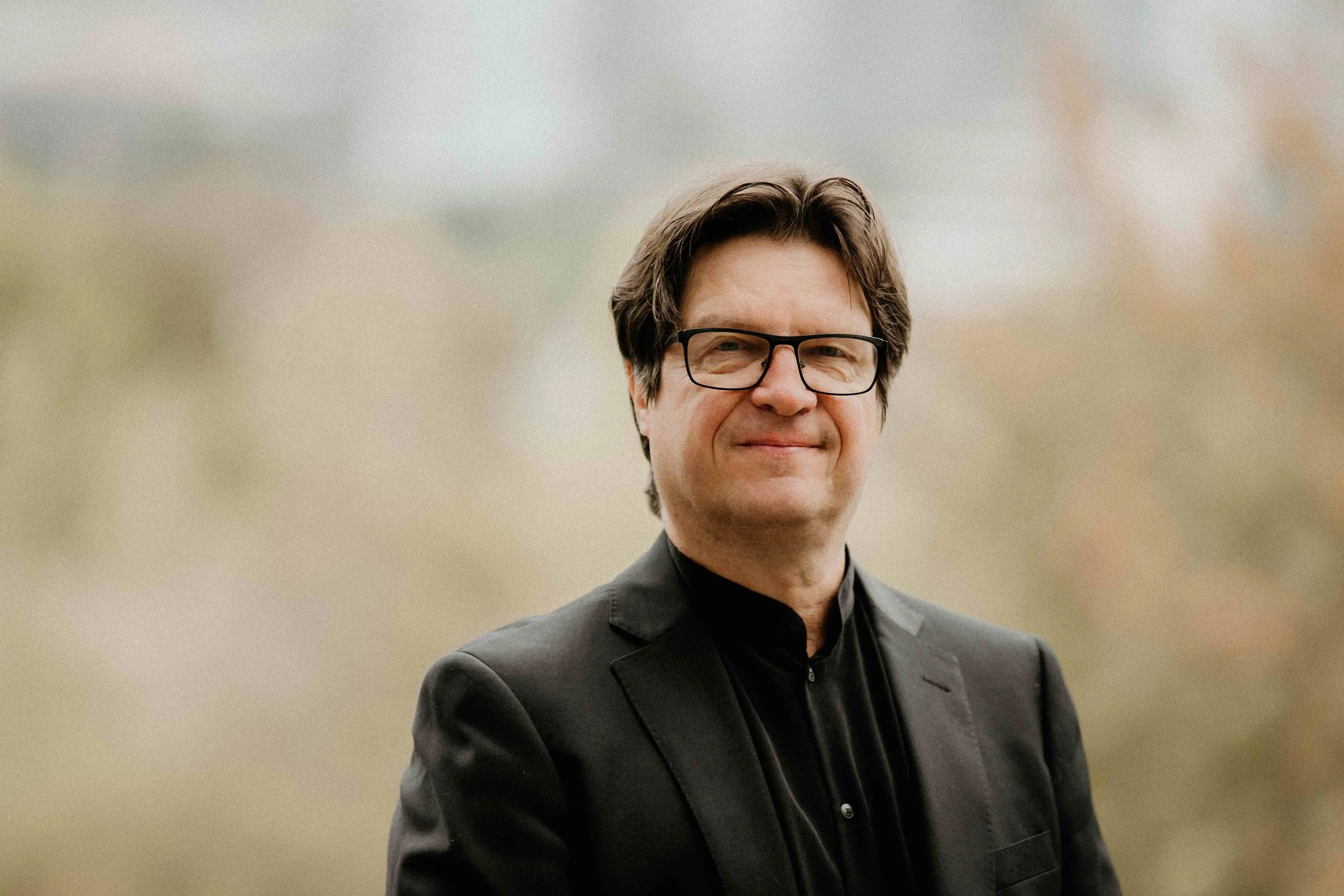Kara-Lis Coverdale stretches perceptions of pipe-organ music
The Ontario-based electronic artist makes a return to the mighty instrument at Vancouver New Music
Kara-Lis Coverdale. Photo by Adam Feingold
Vancouver New Music presents Kara-Lis Coverdale on February 22 at Pacific Spirit United Church
FOR THE AVERAGE listener, the sound of a pipe organ might conjure images of Halloween or the local church choir. However, for Ontario-based musician and composer Kara-Lis Coverdale, the instrument is an old friend and an important touchpoint in her genre-bending sonic exploration that’s been decades in the making.
On February 22, Coverdale is unveiling new work at the Pacific Spirit United Church through its coveted Casavant Frères pipe organ, the largest of its kind in the city, in a Vancouver New Music presentation. This marks a return to form with the instrument after exploring the borders of digital-based ratio tuning through her 2017 critically acclaimed album, Grafts.
“There’s always something new despite the long-term nature of this relationship with the pipe organ,” Coverdale explains over a Zoom call. “Amazingly, it has changed so much over time. I always come back to it as this foundational set of limitations that also has so much metaphorical validity, even in these futuristic contexts that are seemingly so complex. It’s sort of in this primitive form in the pipe organ, so I enjoy coming back to it.”
Raised on the outskirts of Hamilton, Coverdale began her musical studies at just five years old with the Royal Conservatory of Music. She quickly displayed natural talents in composition and improvisation and became a choir conductor and music director for several churches across Canada at age 13. Navigating these spaces at a young age provided an early understanding of music and the programming around it, and experimentation followed suit.
“We can program an evening of music or a set of parameters within a score, digitally or acoustically,” notes Coverdale. “There’s this wide understanding of being able to make musical decisions and set parameters around what will happen.”
Despite her roots in classical piano and the pipe organ, Coverdale fiercely bridged her passion for digital electronic music with the raw power of acoustic traditions. With degrees in composition and musicology, she has a process that remains rooted in research and methodology, even within the uncensored timespace of her soundscapes. It has garnered her a devoted following of her own, from the tents of electronic-music festivals to the pews of sacred spaces.
“I’ve located a community that is interested in exploring these other regions of possibility,” says Coverdale. “At the same time, music culture is constantly evolving and changing. It depends on interest and exposure to these other languages. I’ve seen so much interest in what I’m doing and an openness to it.”
This has led to invitations from nightclubs, sacred sites, and interdisciplinary arts communities alike. Navigating these spaces throughout her career has informed her evolution musically and in terms of performance.
“So much music contains a lot of intense energy,” says Coverdale, reflecting on previous works. “The pipe-organ shows are much more introspective than inciting a physical reaction in the way electronic music can.”
Even now, Coverdale continues to iterate and move beyond her experiences. Transitioning from her earlier roles as an organist into something more personal has been its own trajectory.
“Since around 2018, I’ve been an untethered organist in the sense that I carry my organ work with me outside of these contexts,” she recalls. “It’s not as fluid as, say, the violin, because it can move in and out of these spaces, while the pipe organ is married to them. There’s always a bit of conversation that occurs.”
Performing alongside Immix, a new experimental project by Vancouver-based artist Robyn Jacob that will play an opening set at her local concert, Coverdale hopes to challenge the perceptions and assumptions of pipe-organ music with her own technical flair. Listening and observing her solo organ performances, an immovable instrument has been deconstructed, stretched, and morphed into a vast collection of vibrating sonnets. At once industrial and space-bound, Coverdale straddles the familiar and the alien in her timing and sonic patterns.
“In terms of the pipe organ, there are fixed things like the acoustics of the space we are in, but we can program certain combinations and instrumentation,” says Coverdale. “I think about the pipe organ almost like an emulatory orchestra. We can paint quite a lot within that timbral palette and make decisions that are outside of the typical programming narrative of organ music. We tend to have this understanding of what pipe organ music sounds like in our heads. I like to play around with that and explore the less known voicings and possibilities of the instrument.”
True to her ethos, Coverdale continues to occupy a musical space that stands in the margins of tradition and progress, in her music career and her audience.
“I had someone drive up from Mexico [to see my show],” recalls Coverdale. “They were interested in studying borders. They had a deep understanding of the ontology of music and how we can rewrite relations through interacting with music in new ways. That really resonates with me. Now, when I think about what my directive is, it’s sonic exploration. Exploring sound freely without external narratives and prerogatives is important. It’s about physics and numerical inquiry, and how layering sound and pipe lengths and timbre creates new worlds, new meanings, and new resonances without predetermined ideologies about music.” ![]()


